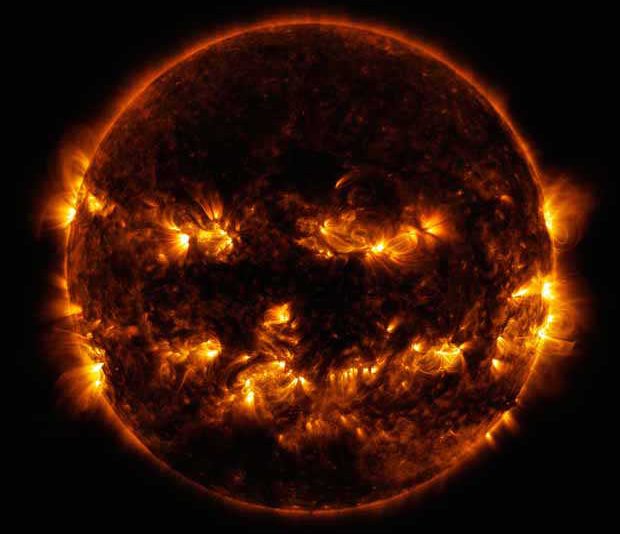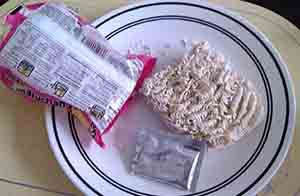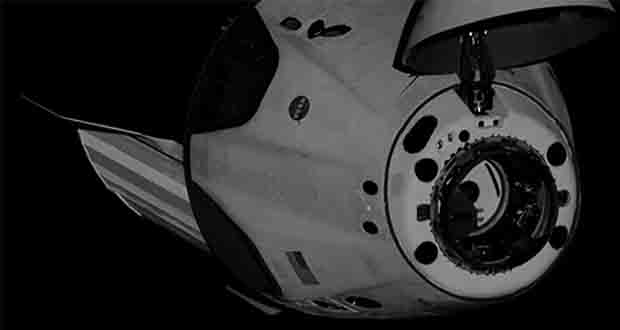Here is a round-up of the 8 most popular images shared by NASA in social sharing site Instagram for the past year of 2015.
1. Pluto
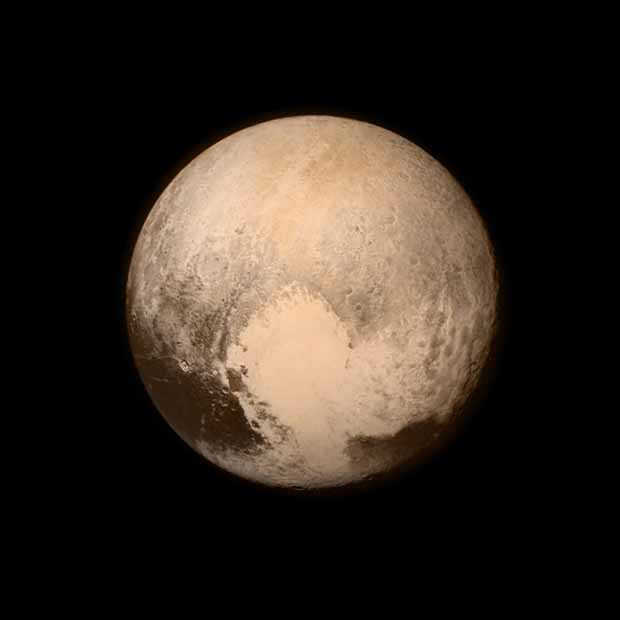
The dwarf planet sent a love note back to Earth via the New Horizons spacecraft, which traveled more than 9 years and 3+ billion miles.
This was the last and most detailed image of Pluto sent to Earth before the moment of closest approach, which was at 7:49 a.m. EDT Tuesday, July 14 – about 7,750 miles above the surface – roughly the same distance from New York to Mumbai, India – making it the first-ever space mission to explore a world so far from Earth.
2. Cosmic Archaeological Dig
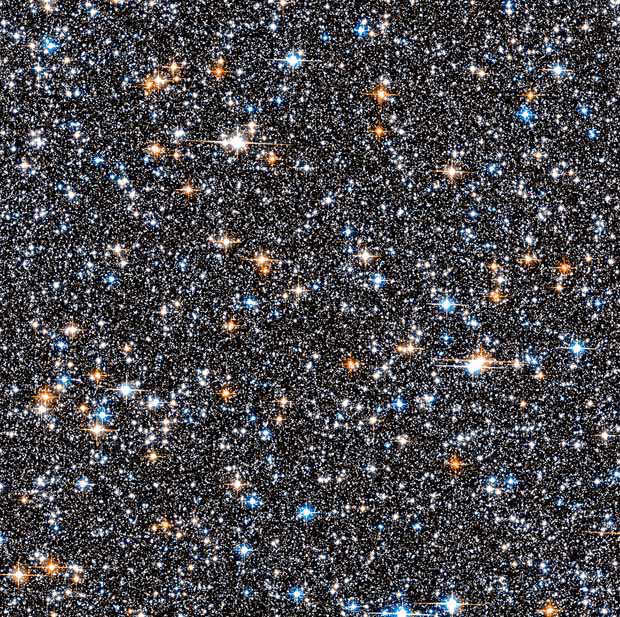
Peering deep into the Milky Way’s crowded central hub of stars, researchers using the Hubble Space Telescope have uncovered for the first time a population of ancient white dwarfs – smoldering remnants of once-vibrant stars that inhabited the core.
Finding these relics at last can yield clues to how our galaxy was built, long before Earth and our sun formed. This image is a small section of Hubble’s view of the dense collection of stars crammed together in the galactic bulge.
3. Italy from the International Space Station
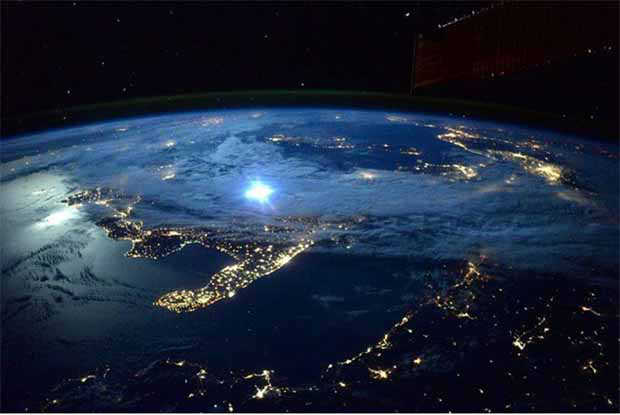
Before drifting off to sleep, NASA astronaut Scott Kelly (@stationcdrkelly) captured this images from the International Space Station and wrote, “ Day 180. Moonlight over Italy. #BuonaNotte Good night from @ISS! #YearInSpace.”
4. Solar ‘Pumpkin’
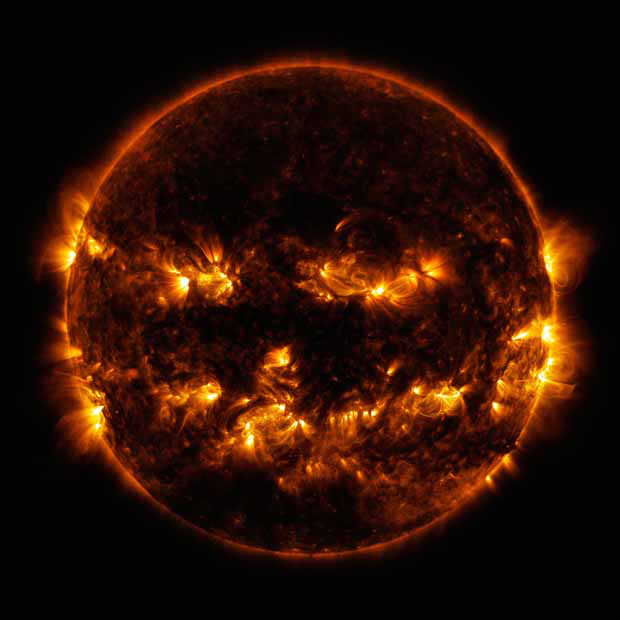
This photo was posted on Halloween and shows active regions on the sun combined to look something like a jack-o-lantern’s face. The image was captured by NASA’s Solar Dynamics Observatory in October 2014, which watches the sun at all times from its orbit in space.
5. Messier 94 Galaxy

This image shows the galaxy Messier 94, which lies in the small northern constellation of the Hunting Dogs, about 16 million light-years away. Within the bright ring or starburst ring around Messier 94, new stars are forming at a high rate and many young, bright stars are present within it.
6. Veil Nebula
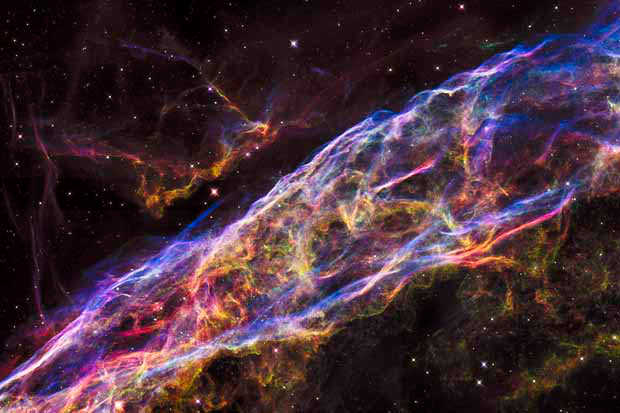
This is the expanding remains of a massive star that exploded about 8,000 years ago. This view is a mosaic of six pictures from Hubble Space Telescope of a small area roughly two light-years across, covering only a tiny fraction of the nebula’s vast structure. This close-up look unveils wisps of gas, which are all that remain of what was once a star 20 times more massive than our sun.
7. Pluto’s Largest Moon, Charon
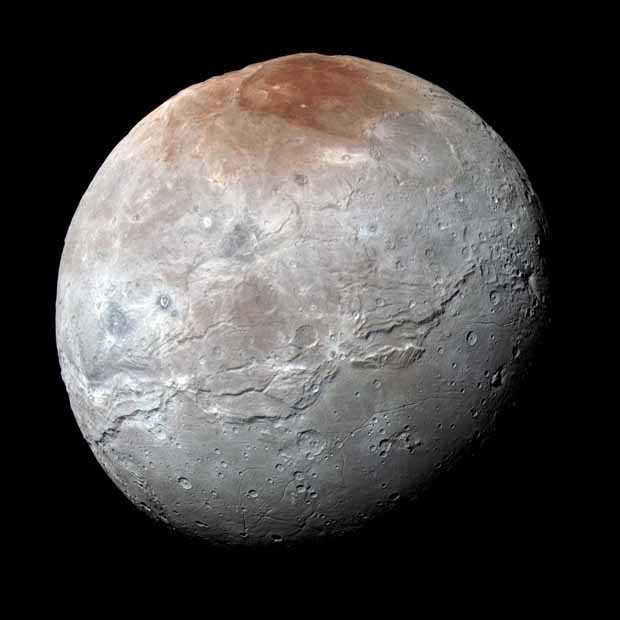
New Horizons spacecraft has returned the best color and the highest resolution images yet of Pluto’s largest moon, Charon – and these pictures show a surprisingly complex and violent history. This high-resolution enhanced color view of Charon was captured just before closest approach on July 14. The image combines blue, red and infrared images; the colors are processed to best highlight the variation of surface properties across Charon.
8. Water on Mars
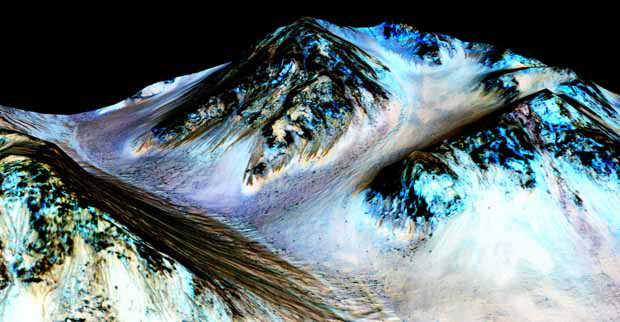
New findings from Mars Reconnaissance Orbiter (MRO) provide the strongest evidence yet that liquid water flows intermittently on present-day Mars. Dark, narrow streaks on Martian slopes such as these at Hale Crater are inferred to be formed by seasonal flow of water on contemporary Mars. The streaks are roughly the length of a football field.
H/T NASA
- Great Comeback: Watch US President Trump returns to the campaign trails in Florida with massive rally - October 12, 2020
- US President Trump back at the White House afterleaving Walter Reed Hospital due to Covid-19 - October 5, 2020
- Binge watch President Trump on the campaign trails - October 5, 2020
